Locals oppose Norwich church conversion plan over noise
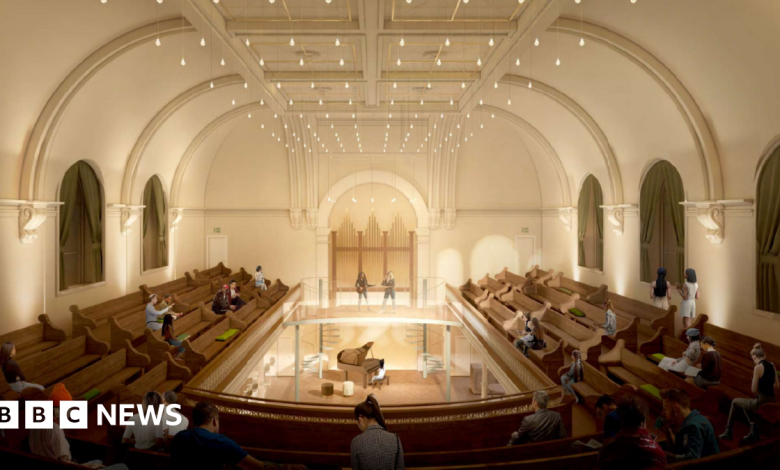
Former Church Turned Entertainment Venue Sparks Community Concerns
Since closing its doors as a place of worship in 2020, the historic building has remained vacant, awaiting a new purpose. Recent proposals to transform the space into an entertainment venue have ignited passionate debate within the local community. While the potential for revitalization excites some, neighbors have expressed significant reservations about how such a change might disrupt their peaceful environment. The most vocal opposition has come from those living in closest proximity to the site, who worry about the introduction of noise, late-night activities, and the potential for disorderly conduct that might accompany the proposed establishment.
The Princes House Residents Association (PHRA), representing 64 students residing in the adjacent apartment complex, has emerged as a united voice against the development plans. Their concerns center around the fundamental transformation of what has historically been a tranquil community space. The association fears that the introduction of an entertainment venue could dramatically alter the character of their neighborhood, bringing large crowds and noise levels that would disturb their studies and quality of life. The stark contrast between the building’s former use as a quiet place of worship and its proposed future as a lively venue has only intensified these concerns.
Among the specific objections raised by local residents is the application for an alcohol license, which many view as particularly problematic. Community members worry that the combination of alcohol service and entertainment could create a perfect storm for disruptive behavior both inside and outside the venue. The PHRA has emphasized that their opposition isn’t simply resistance to change but genuine concern about maintaining the peaceful atmosphere that drew many residents to the area in the first place. Their arguments highlight the delicate balance between urban development and preserving the existing quality of life for established community members.
Infrastructure limitations have also featured prominently in the debate surrounding the proposed venue. The charming cobblestone street where the building is located was designed for a different era and purpose, raising practical questions about its ability to accommodate the increased foot traffic that an entertainment venue would inevitably bring. Residents point out that the narrow pathways and historic setting, while picturesque, could become congested and potentially hazardous with large crowds, especially during peak hours or special events. This concern underscores the importance of considering not just the building itself but the surrounding environment when repurposing historic structures.
Perhaps most troubling to opponents is the potential for behavior problems extending beyond the venue’s premises. Residents have expressed fears that while the establishment might maintain order inside, they would have “no control” over patrons once they exit the building. This lack of oversight, they argue, could lead to disturbing scenarios including public urination and other forms of misconduct that would directly impact those living nearby. The PHRA has emphasized that these concerns aren’t merely speculative but based on observations of similar venues in comparable neighborhoods, where the initial promises of responsible management haven’t always translated into reality.
As the proposal moves through the approval process, the community finds itself at a crossroads between honoring the potential of a vacant historic building and protecting the quality of life for existing residents. The debate highlights broader questions facing many urban areas: How can cities balance the economic and cultural benefits of new entertainment venues with the legitimate concerns of established communities? How much weight should be given to potential problems versus potential benefits? And importantly, how can developers and city planners work more collaboratively with residents to create solutions that respect both the need for vibrant urban spaces and the right to peaceful enjoyment of one’s home? The outcome of this particular proposal may set an important precedent for how similar conflicts are resolved in the future.




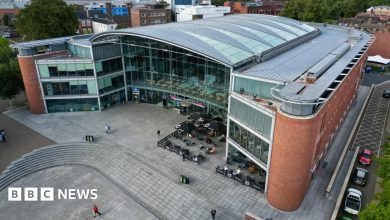
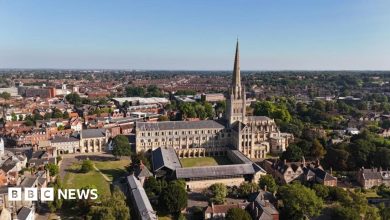

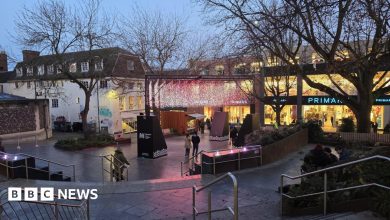
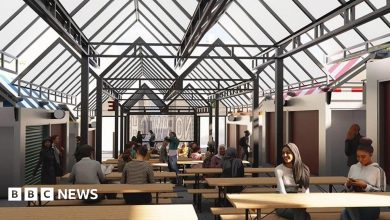
I gotta favorite this internet site it seems extremely helpful very beneficial
I’ve learn a few excellent stuff here. Certainly value bookmarking for revisiting. I surprise how so much effort you place to create any such excellent informative website.
Very interesting details you have observed, thanks for posting. “Custom is the great guide of human life.” by David Hume.
Hello. impressive job. I did not imagine this. This is a splendid story. Thanks!
Hey! Someone in my Myspace group shared this site with us so I came to look it over. I’m definitely loving the information. I’m bookmarking and will be tweeting this to my followers! Exceptional blog and terrific design and style.
Wow, wonderful blog format! How long have you ever been running a blog for? you made blogging look easy. The whole glance of your website is magnificent, as smartly as the content!